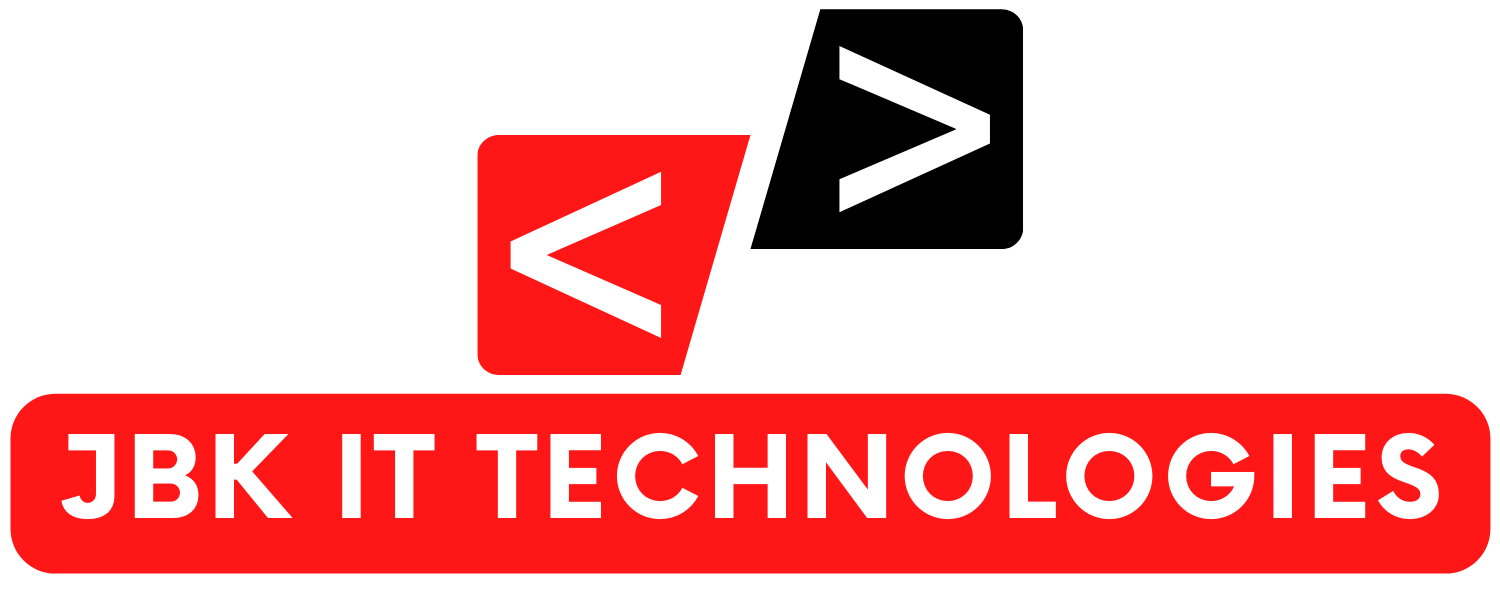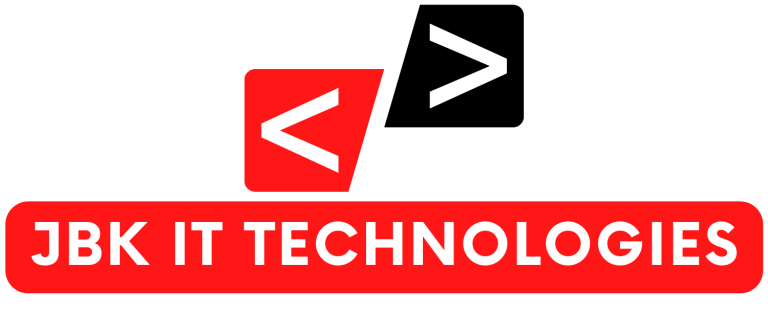Becoming a Python full-stack web developer involves mastering both front-end and back-end technologies to build dynamic and interactive web applications. Below is a roadmap to help you navigate the path to becoming a Python full-stack web developer:
- Basics of Python: Start by learning the fundamentals of the Python programming language. Understand variables, data types, control flow, functions, and object-oriented programming (OOP) concepts.
- HTML, CSS, and JavaScript: Acquire knowledge of front-end technologies. Learn HTML for creating website structure, CSS for styling, and JavaScript for adding interactivity to web pages.
- Front-end Frameworks: Explore popular front-end frameworks like Bootstrap, Foundation, or Materialize CSS to streamline your development process and create responsive and visually appealing user interfaces.
- Version Control: Familiarize yourself with version control systems like Git. Understand how to manage and collaborate on projects efficiently using Git repositories.
- Python Web Frameworks: Dive into Python web frameworks that simplify back-end development. Some popular options are:
Django: A high-level web framework that includes everything you need to build a web application.
Flask: A lightweight and flexible micro-framework, perfect for smaller projects and APIs.
- Back-end Development: Learn about back-end concepts such as server-side programming, databases (SQL and NoSQL), RESTful APIs, and server deployment.
- Database Management: Gain knowledge of database systems like PostgreSQL, MySQL, MongoDB, or SQLite. Learn how to interact with databases using Python.
- ORM (Object-Relational Mapping): Understand how to use ORM libraries like Django ORM or SQLAlchemy to interact with databases using Python objects.
- Authentication and Authorization: Learn about user authentication and authorization mechanisms, including password hashing, sessions, and JSON Web Tokens (JWT).
- API Development: Explore how to design, build, and document robust and scalable APIs to interact with your web application.
- Front-end Frameworks and Libraries: Deepen your knowledge of front-end frameworks and libraries such as React, Angular, or Vue.js. These are essential for building dynamic, single-page applications (SPAs).
- RESTful API Consumption: Understand how to consume RESTful APIs from the front-end to fetch and display data from the back-end.
- Web Security: Learn about common web security vulnerabilities like Cross-Site Scripting (XSS), Cross-Site Request Forgery (CSRF), and SQL injection. Know how to prevent and mitigate these risks.
- Testing and Debugging: Discover testing frameworks like pytest and learn how to debug and optimize your applications.
- Deployment and Hosting: Understand how to deploy your web applications to hosting services like AWS, Heroku, or DigitalOcean.
- Continuous Integration and Continuous Deployment (CI/CD): Explore CI/CD pipelines to automate the testing and deployment process.
- Scalability and Performance: Learn techniques to optimize the performance and scalability of your web applications as user traffic increases.
- Web Application Security: Delve deeper into web application security practices, including secure authentication and secure coding practices.
- Real-world Projects and Portfolio: Work on real-world projects to apply your skills and build a strong portfolio to showcase your expertise to potential employers.
- Stay Updated: The field of web development is continuously evolving. Stay updated with the latest trends, libraries, and best practices to remain competitive as a Python full-stack web developer.
Remember that becoming a proficient full-stack web developer takes time, dedication, and practice. Start with the basics, progress step by step, and keep building projects to reinforce your learning along the way. Happy coding!


Thanks for sharing. I read many of your blog posts, cool, your blog is very good.